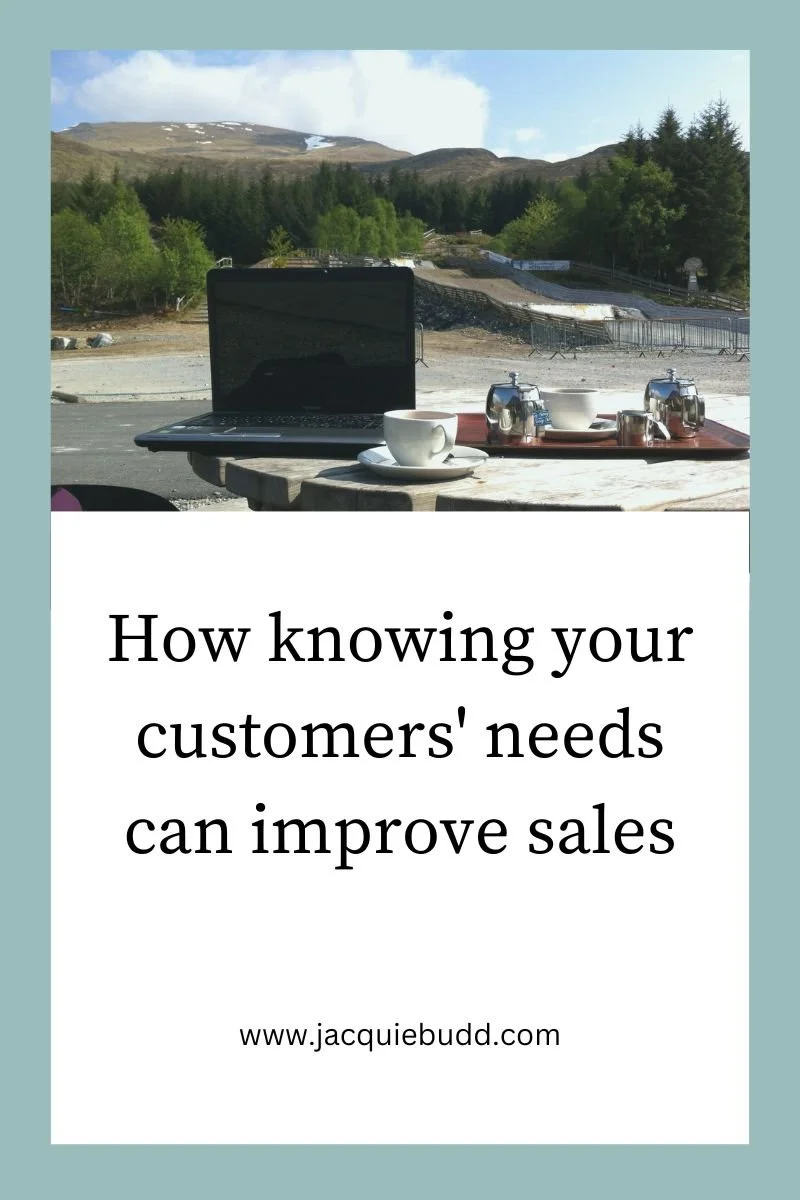How knowing your customers’ needs can improve sales
My husband and I recently decided to replace the halogen wall lights in our living room. We'd had them for many years, long before LED’s became the norm. Over time, we'd converted our other bulbs to LED and hoped the wall lights would soon have an LED option. Sadly, nothing materialised and the halogen bulbs became too difficult to find. So, we conceded defeat.
Our first port of call was the independent retailer who’d supplied the original lights. They had the exact same style with an LED bulb on display and we placed an order.
BUT, on our way out of the shop, a small problem came to light 😂 (no pun intended). We learned that the new fitting was a sealed unit. In other words, when a bulb failed, we'd have to throw away the entire light fitting 😮
I’ll admit, the news tested the strength of my eco values. On the one hand, we were both keen to keep the same look and replace like for like. But, on the other, I struggled with the fact that the manufacturers had created a single-use item. Especially when replacing light bulbs is such a normal thing to do.
The shop owner tried to reassure us with a manufacturers guarantee. Along with the fact that LED bulbs can last for many years.
He almost had us!
Expecting a 15-20 year guarantee, we learned it was a mere 3 years. Not only that, but the sealed unit meant we had no choice of bulb either (warmth and strength). We cancelled the order.
The whole experience reminded me of how important it is to know your customers' needs 👇
Why is understanding your customers’ needs so important?
Without knowing what your customer really wants, your products and services may not quite hit the mark.
For service-based businesses, that may impact on how many people get in touch to see how you can help. And, for product-based businesses, it can mean even more in lost revenue.
To give an example, we’d also placed an order for an external light fitting that day. If we'd not found another wall light which did what we wanted, it's likely we'd have cancelled all the orders. So, the lost sale for the wall lights would have meant lost revenue for the other light.
Understanding your customers' wants and needs is vital to growing your sales.
If the manufacturer understood that sustainability and net zero is increasingly important to consumers, they would make a product which can stand the test of time. And ensure that parts can be replaced.
If the retailer had taken the time to understand what was important when making our choice, he would have directed us to something more suitable right from the start.
How to discover what your customers need
There are many different things to consider when identifying your customers’ needs. But, to get you started, here are six common ones:
Price:
Are your customers looking for the best deal? The best quality? A price comparison with competitors?
Reliability and sustainability:
How long do customers expect the product to last? What assurances do they want? Is the environmental impact important?
Experience:
What kind of experience do customers want when buying from you? Are they looking for ease of use with your product or service? Do they want a fast turnaround?
Transparency:
Are customers looking for clear return and refund policies? Do they want a list of product ingredients? Will testimonials and reviews help? What kind of information are customers looking for to make a decision?
Control:
How much control does the customer have - and want? Do they want to customise the product? Can they change the length of subscriptions? Would they like different shipping options?
Friendliness:
Will your customers pay more for great customer service? Do they want to feel your brand understands and cares for them?
How to get started
To get answers to the questions above (and more) the main thing is to listen to your customers. Here’s how…
Customer surveys and feedback:
Taking note of customer feedback will identify topics and problems which come up time and time again. You could also create a survey for email subscribers to complete.
Social media listening:
Check out which social media platforms your ideal customers use. Then see what they talk about, what problems they have, and what questions they're asking.
Focus groups:
Interviewing people from your target audience can identify customer needs. If this is difficult to do in-person, you could also create something online or to use in social media groups.
Keyword research:
By using keyword research, you can find out what customers are searching for, and why.
Want more?
Get in touch to chat about how I can help with your marketing content.
